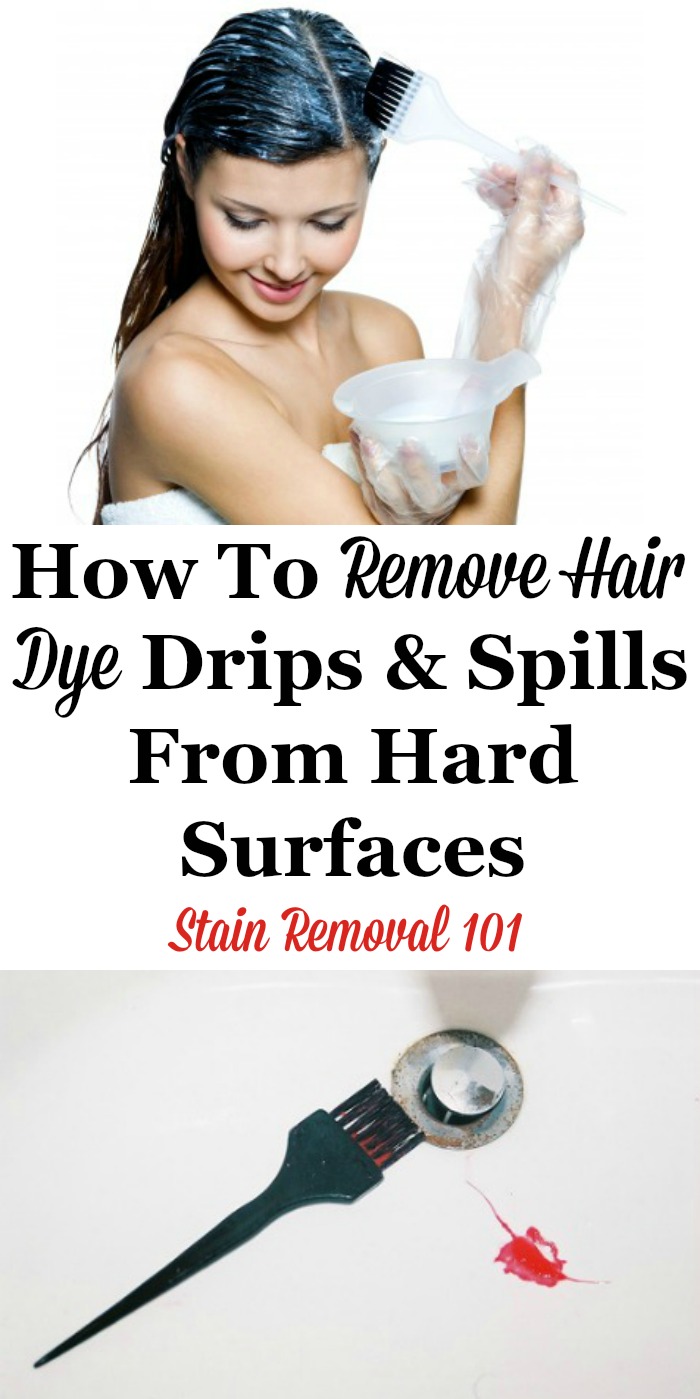Table Of Content
Additionally, a raised cuticle is unable to seal in moisture properly. The lack of inner moisture leads to chronic dryness and porosity issues within the hair cortex, causing the strands to absorb water unevenly from the air and frizz. A rough, lifted cuticle also lacks shine and smoothness since it cannot reflect light. A consistent hair care routine that includes moisturizing products and gentle handling is essential to effectively manage naturally frizzy hair. The main cause of frizzy hair is lack of moisture, prompting the cuticles on the hair strand to lift and absorb moisture from the surrounding air. The raised cuticles make the hair look fuzzy and disheveled as strands no longer lie sleek and flat.
Common causes of frizzy hair.
You might twirl your hair when you’re nervous, or adjust your hairstyle frequently throughout the day. Every time you touch your hair, you potentially disrupt the hair cuticles, leading to more frizz. Our hair cuticles, when healthy and moisturized, lay flat and smooth.
Glamour Beauty
Because of that, and since it’s designed for the roots only, you may want to invest in another heat protectant for the rest of your hair. But on the plus side, this product did pass both of our efficacy tests. There’s a lot of misinformation on the internet, hair oiling can help "protect your hair from damage, improve the look of split ends, and prevent breakage," she says. "It’s especially useful if your hair has been stripped by washing and styling products." Often one product alone isn’t enough to get rid of frizzy hair, especially if you have thicker or curly hair. Instead, think of your products as part of a holistic routine that works together to fight frizz.
Surprising Causes of Frizzy Hair – and 8 Ways to Combat It
The best way to do this is to ensure you’re eating a healthy, balanced diet. Hair serum coats the hair, providing shine and protection against humidity. Hair serum doesn’t heal damage, but it can help protect hair from the elements, helping it retain moisture.
The Edit: Beauty
Even if you’re prone to frizzy hair, you can reduce it by making a few changes to your hair care routine. Whatever your hair type, anyone can find themselves fighting a losing battle against frizz. We’ve put together the main causes of frizzy, dry hair - and some helpful hair care tips to ensure your style stays smooth and defined. You may think you need to shampoo your hair every time you shower, but that just isn't the case.

Use products strategically.
Friction prompts electrons to shift away from the hair, culminating in a buildup of a positive charge. When these strands acquire a positive charge, they naturally repel each other, akin to the push between two like-charged magnets. The repelling causes the hair to separate and adopt a frizzy, “staticky” appearance. Frayed hair ends trigger tangles and knots with neighboring hairs. As they intertwine, they disrupt the unified arrangement of hair strands, creating a lack of natural cohesion in the hairstyle. Therefore, brushing it while damp can result in damage and ensuing frizz.
22 Best Leave-In Conditioners for Smoother Strands 2024 - Allure
22 Best Leave-In Conditioners for Smoother Strands 2024.
Posted: Fri, 05 Apr 2024 07:00:00 GMT [source]
Best Volumizing: Kristin Ess Instant Lift Volumizing Mousse with Castor Oil
Dry hair can affect men and women of any age, but you’re more likely to develop it as you get older. We always recommend speaking to your GP if hair changes are causing you significant distress, they can then refer you to a specialist. Nourish from the inside-out You can also try taking a supplement in order to moisturise your hair from the inside. By taking a supplement such as Vitabiotics Perfectil Original Hair, Skin, Nails (£6.50) you’ll be replacing the nutrients that your body may be lacking. But having said that, the hair underneath must not be neglected during product application. You must find the right balance between what product and how much to apply.
Styling Habits
But it's actually a souped-up version of the heatless tool above, in which you can wrap your hair around eight(!) pillowy sections for all the volume and texture. "Easy to use, very soft on my head when laying down. I use this every night now. It’s the perfect way to curl my hair without using heat." Wear this heatless, headband-style curler overnight and it reveals the easy, voluminous waves of your dreams when you wake up. These no-fuss, self-gripping rollers are great for adding lift to bobs and other shorter hairstyles.
When you vigorously rub your hair with a towel, you’re generating significant friction between the towel and the hair’s cuticle layer. This friction can cause the overlapping cells of the cuticle to lift or become ruffled. When these cells are not flat and smooth, they make the hair’s surface uneven. To prevent frizz from towel drying, use a microfiber towel and wrap it around your head like a turban. With its smooth texture and superior absorbency, a microfiber towel can draw out water from the hair without rubbing. It also reduces the time needed for drying and styling the hair, lessening the potential for frizz.
Daily shampooing can rob your hair of its protective oils and lead to dryness. You can also apply hair oils or leave-in conditioners to add luster and softness. Use a mask Use a really nourishing hair mask every week like Coco & Eve Like a Virgin Super Nourishing Coconut & Fig Hair Masque (£32.90).
The problem with hard water is that it is not rinsable by regular shampoos. The minerals in hard water react with the detergents in shampoos to form a scum instead of producing a lather. Consequently, the scum coats the hair’s surface instead of rinsing out. A product-laden scalp may see a disruption in its natural oil production, fostering an environment where dryness prevails and a heightened tendency for frizz.
However, they also disrupt the hair’s cuticle layer and remove essential oils that keep hair smooth. Sulfates reduce surface tension and allow water to penetrate deeper into the hair shaft. Moreover, as these hair products build up over time, they can weigh the hair down.
In high humidity conditions, the air contains a higher amount of water vapor. Dry and highly porous hair will try to absorb this moisture in excess and swell. This swelling pushes the cuticle scales outward, making them more raised.
Remember how we noted that one of the best ways to beat back the frizz was to simply wash your hair less often? You can rinse, and even condition it in between washes—just be sure you're doing so with cool water. (Hey, it'll feel good in the summer, right?) It seems that while heat lifts the hair cuticle, helping create frizz, chilly temps have the opposite effect. Rinsing with cool water, says Tiffany Taylor, proprietor of Kansas City's Another Hairaholic by Tiffany, "will close your hair cuticles and lock in that moisturizer and create less frizz." Frizziness can also be caused a "lack of moisture," says Allyson Carter, hair stylist and editor-in-chief at the blog Hair Spies. When hair is dry or damaged, the cuticles (which resemble the scales on a pinecone) stand up.
The added weight challenges the natural formation of curls or waves, leading to a mix of limp and frizzy sections underneath the top layers. Hair products that are rich and heavy with waxes, oils, or silicones tend to accumulate on the hair shaft. This product buildup hinders the hair’s ability to absorb moisture. Adding to this dynamic, hair’s shape and style are largely determined by hydrogen bonds. Take, for example, someone with naturally curly hair who straightens it.
Many people touch up their hairstyles along the part line throughout the day, often adding more products. The excess products can create buildup of natural oils and product residues. Without regular deep cleansing from a clarifying shampoo, buildup can coat the hair along the part line, clog the follicles, and prevent the even distribution of sebum from the scalp.


No comments:
Post a Comment